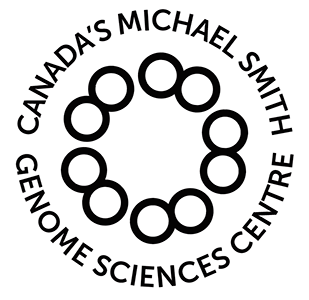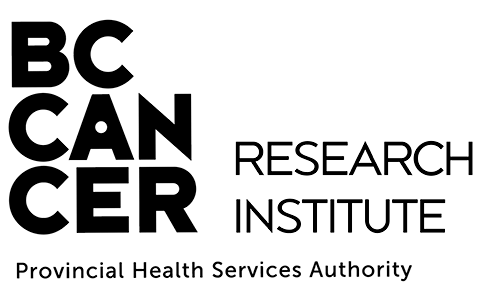Creating the Trends in Genetics October 2012 Cover
contents
Lately, I've been making a lot of square things round. So when Rhiannon Macrae, the Editor of Trends in Genetics, requested a Circos-like cover image for the human genetics special edition of the journal, I started drawing circles.
The image was published on the cover of Trends in Genetics human genetics special issue (Trends in Genetics October 2012, 28 (10)).

Browse my gallery of cover designs.
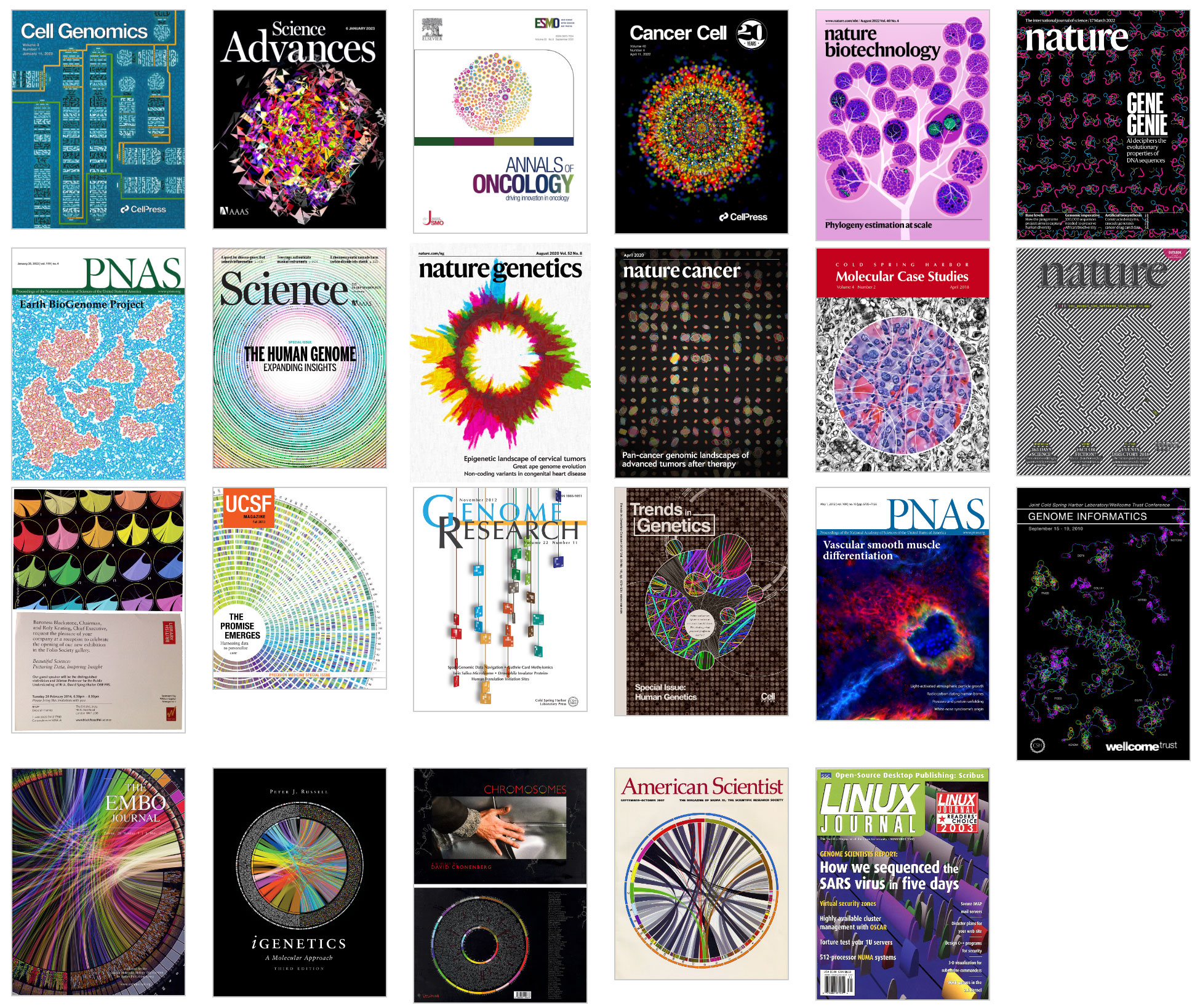

I have a collection of unpublished Circos posters and thought these might be a good starting point. Rhiannon and I narrowed the choice down to the black-and-white design that showed sequenced organisms. We also liked the complex style of a panel of hundreds of Circos images generated with the tableviewer.


The idea would be that the foreground would be more artistic and stylized, while the background was more technical and complex. I have thousands of images available from the tableviewer (e.g. huge 15,129 image matrix).
Rhiannon also wanted to include the quote by Henry David Thoreau, "Nature and human life are as various as our several constitutions. Who shall say what prospect life offers to another?" This reminded me of a similar but more tragic line from Shakespeare's Julius Caesar, "How many ages hence shall this our lofty scene be acted over in states unborn and accents yet unknown!"
In the early comps we played around with the idea of using non-genomics elements in the image, such as coins. We thought that we could use the variety of color and shape of the coins to communicate the idea of genetic diversity. However, after wrestling with how to do this effectively the concept was scrapped — the idea of using coins felt both arcane and arbitrary.

I decided to go with a warm brown color scheme. It's not a color I use a lot of, which makes me think that I should try to do more with it.
Deep brown provides great contrast for saturated colors, though I had to be careful not to make the image look too kitchy with an excess of colour variation. In some of the early comps shown above, two or more different color palettes were used (e.g. grey/red/blue and false color) and this lowered to overall visual cohesion of the image.
It's always a good idea to add variety to design. After all, without any variety we'd be left with a blank page. Ok, so variety is good, but too much variety is very bad, and can make you wish for that blank page again. Think about this: one kind of variety already provides variety! A variety of variety (I run the risk of recursing myself ad infinitum) can not only compete for attention but resonate destructively (that's design-speak for "turn into visual mush").
Everyone liked the combination of bright colors and dark background. This is an approach I favour too, which has worked well on other covers.

Briefly I experimented with various brush and pencil filters to give the image a more hand-drawn and organic look. Most of the illustrations I generate are very digital — blocks of solid colors and high-contrast shapes — and I thought a departure from this look could work in this case. However, like with the coins, this path didn't produce anything productive.











Propensity score weighting
The needs of the many outweigh the needs of the few. —Mr. Spock (Star Trek II)
This month, we explore a related and powerful technique to address bias: propensity score weighting (PSW), which applies weights to each subject instead of matching (or discarding) them.

Kurz, C.F., Krzywinski, M. & Altman, N. (2025) Points of significance: Propensity score weighting. Nat. Methods 22:1–3.
Happy 2025 π Day—
TTCAGT: a sequence of digits
Celebrate π Day (March 14th) and sequence digits like its 1999. Let's call some peaks.

Crafting 10 Years of Statistics Explanations: Points of Significance
I don’t have good luck in the match points. —Rafael Nadal, Spanish tennis player
Points of Significance is an ongoing series of short articles about statistics in Nature Methods that started in 2013. Its aim is to provide clear explanations of essential concepts in statistics for a nonspecialist audience. The articles favor heuristic explanations and make extensive use of simulated examples and graphical explanations, while maintaining mathematical rigor.
Topics range from basic, but often misunderstood, such as uncertainty and P-values, to relatively advanced, but often neglected, such as the error-in-variables problem and the curse of dimensionality. More recent articles have focused on timely topics such as modeling of epidemics, machine learning, and neural networks.
In this article, we discuss the evolution of topics and details behind some of the story arcs, our approach to crafting statistical explanations and narratives, and our use of figures and numerical simulations as props for building understanding.

Altman, N. & Krzywinski, M. (2025) Crafting 10 Years of Statistics Explanations: Points of Significance. Annual Review of Statistics and Its Application 12:69–87.
Propensity score matching
I don’t have good luck in the match points. —Rafael Nadal, Spanish tennis player
In many experimental designs, we need to keep in mind the possibility of confounding variables, which may give rise to bias in the estimate of the treatment effect.

If the control and experimental groups aren't matched (or, roughly, similar enough), this bias can arise.
Sometimes this can be dealt with by randomizing, which on average can balance this effect out. When randomization is not possible, propensity score matching is an excellent strategy to match control and experimental groups.
Kurz, C.F., Krzywinski, M. & Altman, N. (2024) Points of significance: Propensity score matching. Nat. Methods 21:1770–1772.
Understanding p-values and significance
P-values combined with estimates of effect size are used to assess the importance of experimental results. However, their interpretation can be invalidated by selection bias when testing multiple hypotheses, fitting multiple models or even informally selecting results that seem interesting after observing the data.
We offer an introduction to principled uses of p-values (targeted at the non-specialist) and identify questionable practices to be avoided.
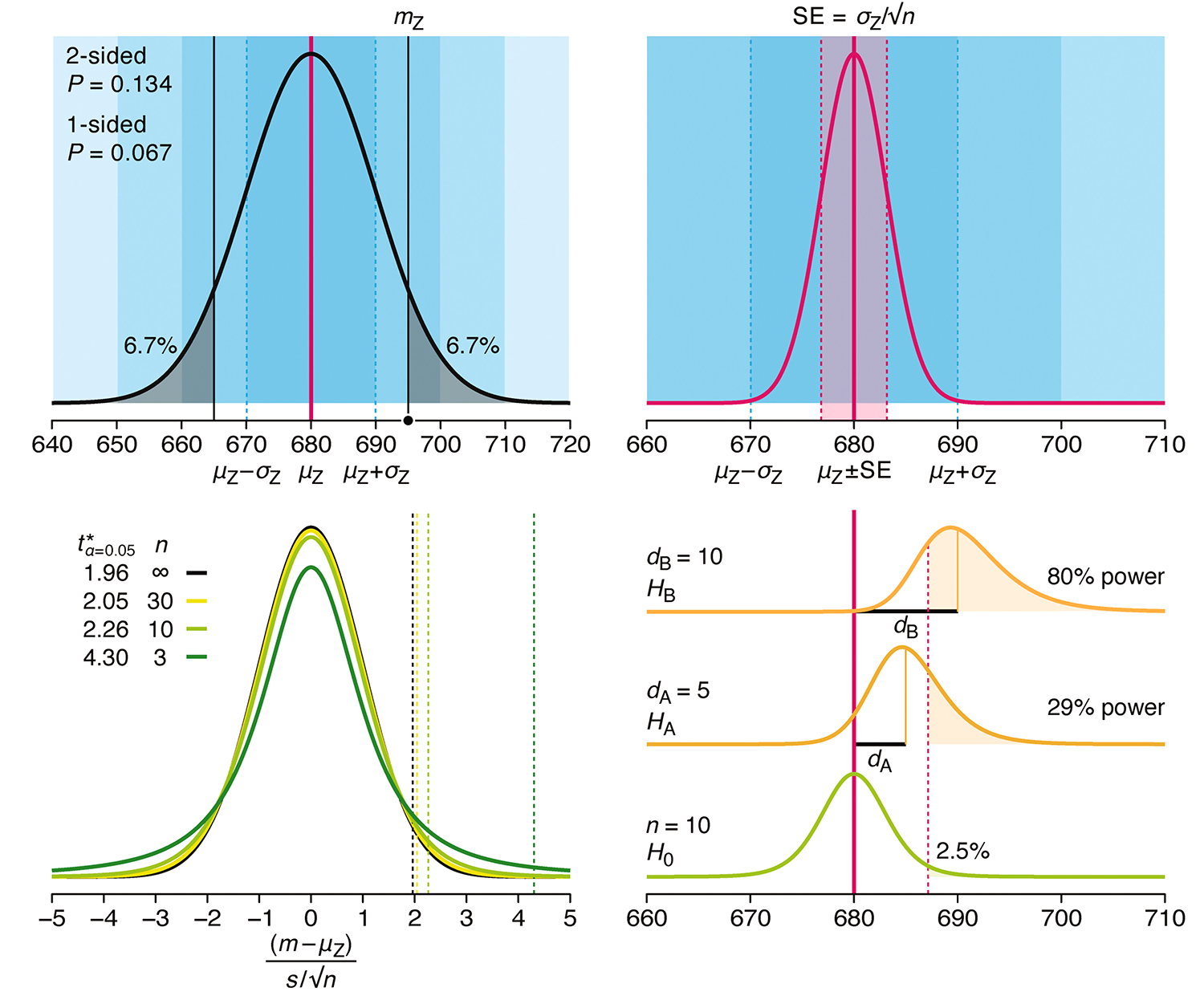
Altman, N. & Krzywinski, M. (2024) Understanding p-values and significance. Laboratory Animals 58:443–446.
Depicting variability and uncertainty using intervals and error bars
Variability is inherent in most biological systems due to differences among members of the population. Two types of variation are commonly observed in studies: differences among samples and the “error” in estimating a population parameter (e.g. mean) from a sample. While these concepts are fundamentally very different, the associated variation is often expressed using similar notation—an interval that represents a range of values with a lower and upper bound.
In this article we discuss how common intervals are used (and misused).
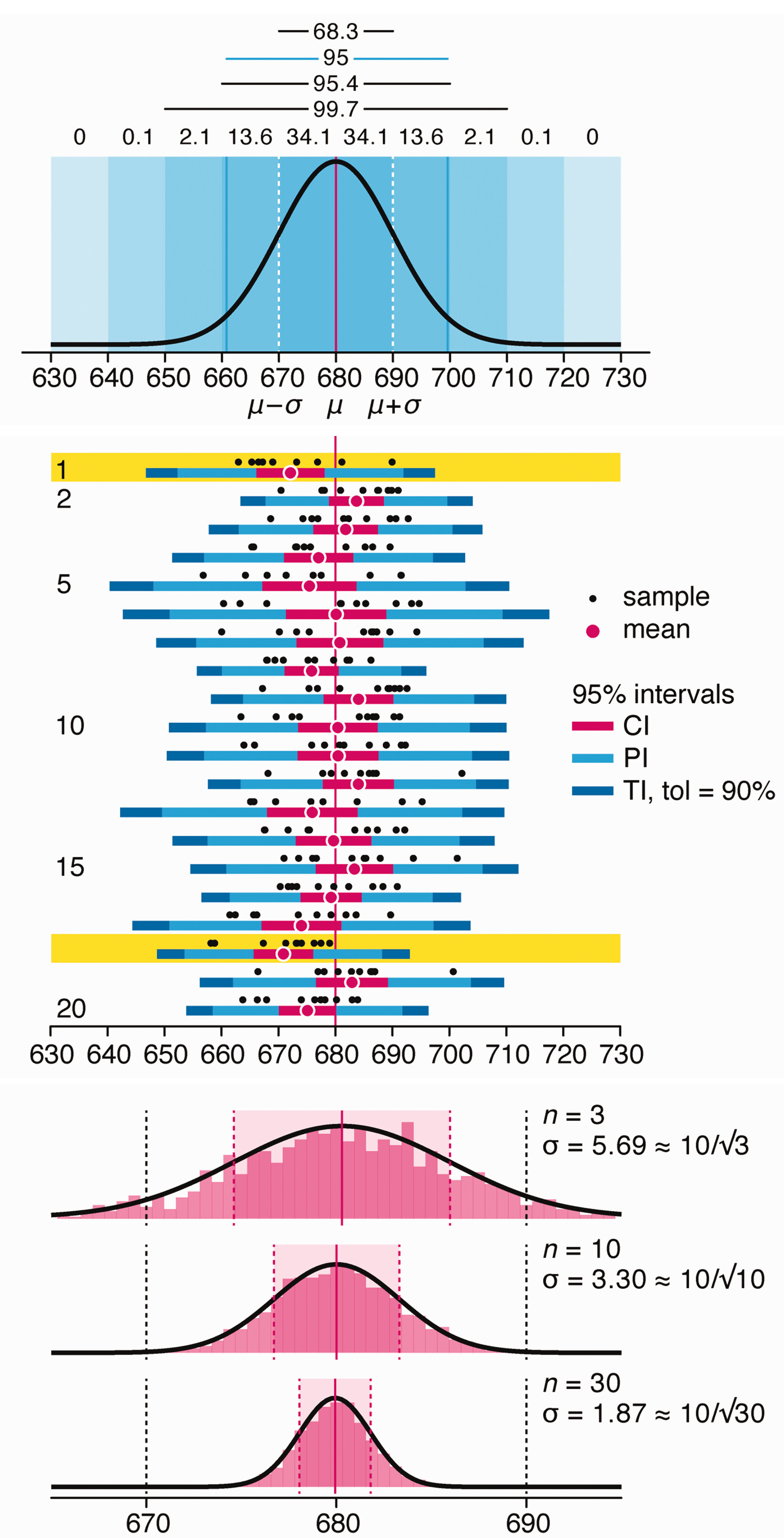
Altman, N. & Krzywinski, M. (2024) Depicting variability and uncertainty using intervals and error bars. Laboratory Animals 58:453–456.
